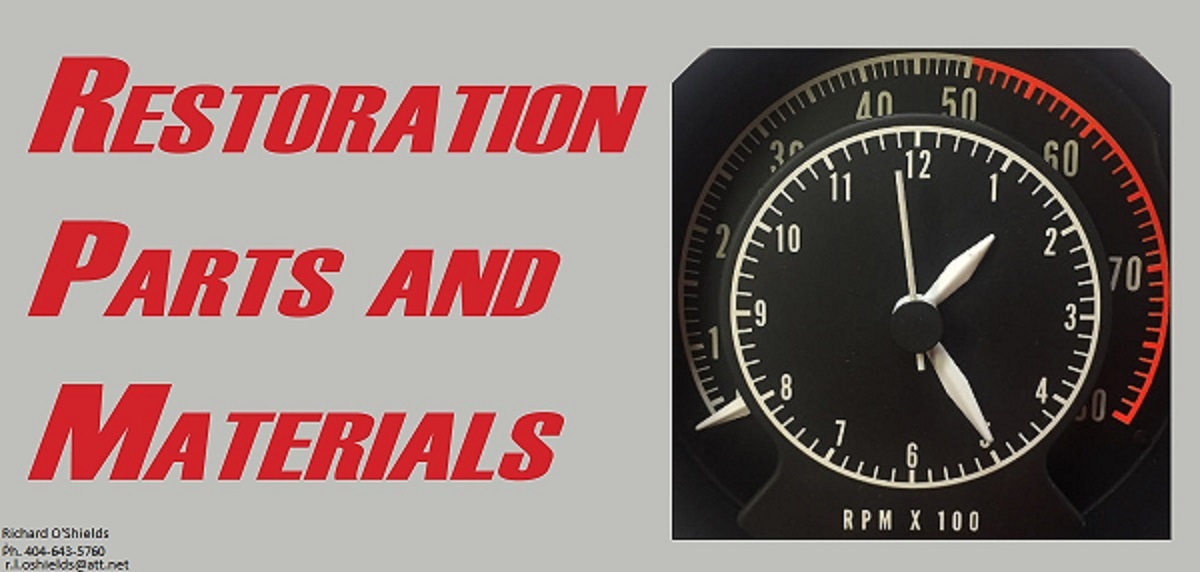Brad Nelson
Member
When I bought my '66 Newport it came with a spare 383 and Torqueflight. Since the original owner had passed away many years ago, why he had a spare (used) engine and trans isn't known. I know that some time in 1980-81 he parked the car (presumably with the spare engine) and there it stayed until I bought it in 2016. Since I acquired it all that was done with the spare is that I wrapped it's failing garbage bags with more garbage bags and duct tape.
So, yesterday I finally got around to unwrapping that spare engine to find that it's a 1968 "standard" 383 with 518 heads. I poured a little transmission fluid down each cyl (heads were barely bolted on) and let set for a couple hours. Much to my surprise, unlike the 383 in my Newport, this engine turns!
The cyl walls are not too bad, but there is an obvious "ring ridge" at the top. But the crank spins freely.
What I'm going to do with it? Probably a quick "dingle ball" hone and throw it back together as a working spare. (I'm still going ahead with my plan to put a 5-7 in the Newport)
Here's a picture of it next to the '76 "motorhome" engine going in my 1973 D300 project.

So, yesterday I finally got around to unwrapping that spare engine to find that it's a 1968 "standard" 383 with 518 heads. I poured a little transmission fluid down each cyl (heads were barely bolted on) and let set for a couple hours. Much to my surprise, unlike the 383 in my Newport, this engine turns!
The cyl walls are not too bad, but there is an obvious "ring ridge" at the top. But the crank spins freely.
What I'm going to do with it? Probably a quick "dingle ball" hone and throw it back together as a working spare. (I'm still going ahead with my plan to put a 5-7 in the Newport)
Here's a picture of it next to the '76 "motorhome" engine going in my 1973 D300 project.

















